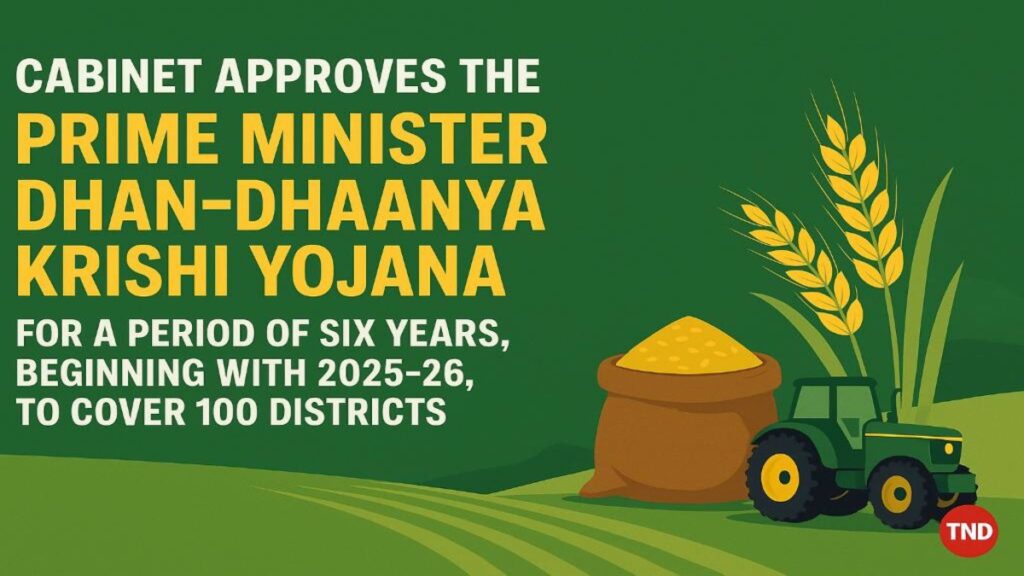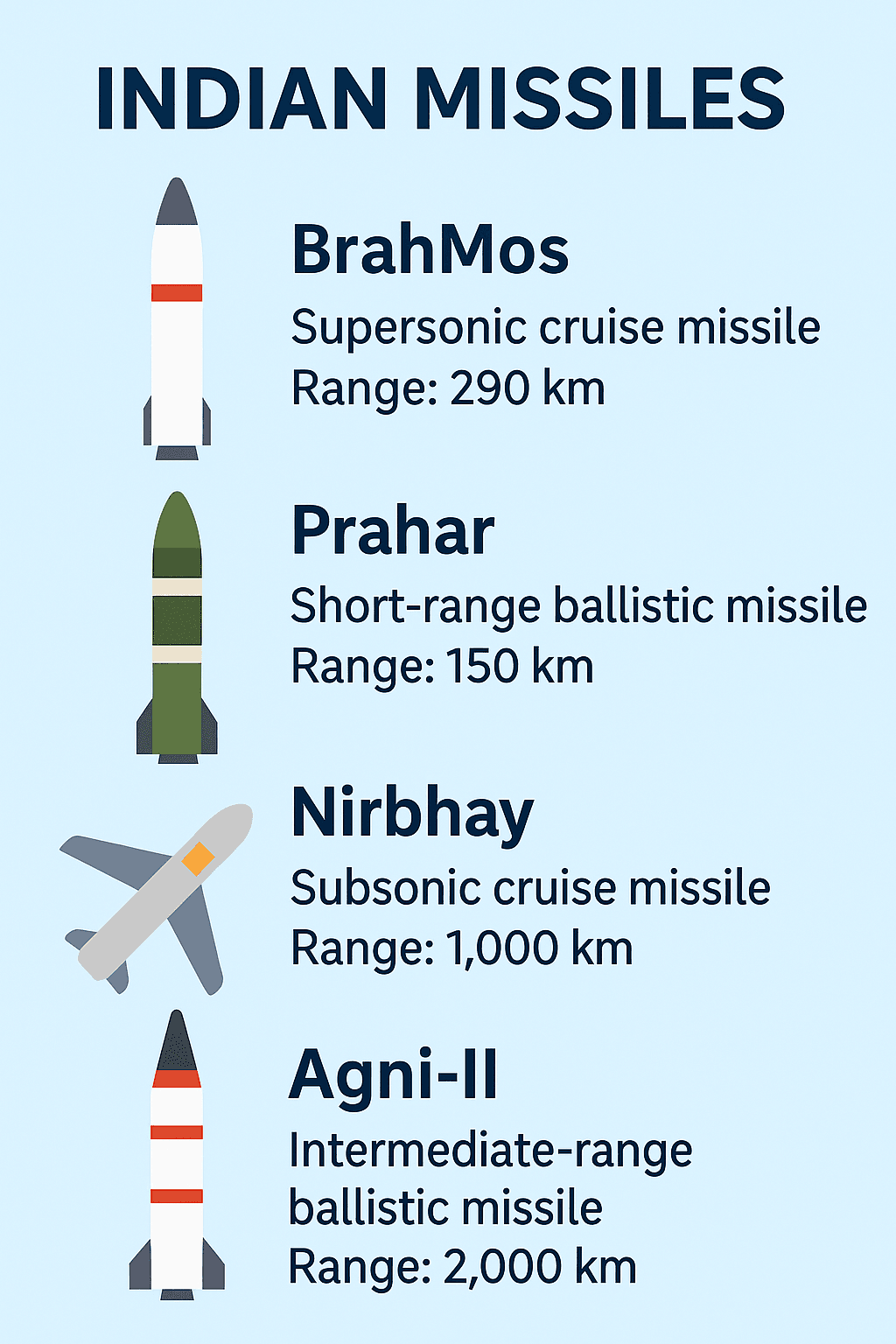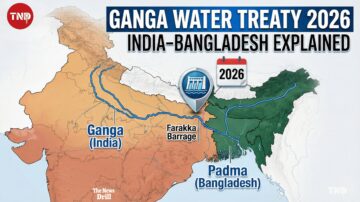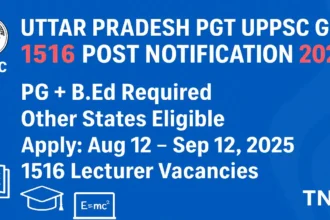
In a landmark move to revolutionize India’s agricultural ecosystem, the Union Cabinet has approved the Prime Minister Dhan-Dhaanya Krishi Yojana for a six year period starting from 2025-26. With a focus on agriculture and allied sectors, this visionary scheme targets 100 aspirational districts, aligning closely with the NITI Aayog’s Aspirational Districts Programme.
The PM Dhan-Dhaanya Krishi Yojana aims to address long standing challenges in agriculture by bringing together 36 existing schemes across 11 Union Government departments, along with state schemes and private partnerships, in a convergent model.
Let’s explore the key features, objectives, and impact of this first of its kind initiative designed to foster sustainable agriculture in India’s most underdeveloped districts.
What is PM Dhan-Dhaanya Krishi Yojana?
The Prime Minister Dhan-Dhaanya Krishi Yojana is a comprehensive agricultural transformation programme launched by the Government of India. The scheme will run from 2025-26 to 2030-31 and focus exclusively on agriculture and allied activities in 100 identified districts.
Inspired by the success of the Aspirational District Programme, the PM Dhan-Dhaanya Krishi Yojana takes a holistic approach to uplift rural agricultural economies through multi level coordination and integration of central, state, and private initiatives.
Objectives of the Prime Minister Dhan-Dhaanya Krishi Yojana
The scheme has been designed with multiple long-term objectives that reflect the government’s vision for a self-reliant, climate-resilient, and income generating agricultural sector. Key goals include:
- Enhancing agricultural productivity through improved practices.
- Promoting crop diversification for increased resilience and income.
- Strengthening post harvest storage infrastructure at panchayat and block levels.
- Expanding irrigation facilities to reduce dependence on monsoon.
- Improving access to short term and long term agricultural credit.
- Supporting the adoption of sustainable farming techniques.
These objectives directly align with the UN Sustainable Development Goals (SDGs) related to food security, poverty reduction, and environmental sustainability.
Key Features of PM Dhan-Dhaanya Krishi Yojana
1. Coverage of 100 Aspirational Districts
The scheme targets 100 aspirational districts, primarily backward regions identified by NITI Aayog, with low agricultural outputs, poor irrigation coverage, and limited infrastructure. This focus aims to ensure inclusive agricultural development.
2. Convergence of 36 Schemes
The Prime Minister Dhan-Dhaanya Krishi Yojana will be implemented by integrating 36 existing schemes from 11 Union Government departments, which include:
- Ministry of Agriculture and Farmers’ Welfare
- Ministry of Rural Development
- Ministry of Food Processing Industries
- Ministry of Water Resources
- Ministry of Finance
- Ministry of Animal Husbandry & Fisheries…and more.
This convergence ensures resource optimization, reduced duplication, and coordinated delivery.
3. Public-Private Partnerships (PPPs)
The government will also engage local private sector partners, NGOs, and FPOs (Farmer Producer Organizations) for on ground execution, input supply chains, and post harvest value addition.
4. Panchayat & Block Level Storage
Recognizing the post harvest losses and lack of storage facilities in rural India, the scheme will build and augment storage infrastructure at the panchayat and block levels to ensure reduced wastage and better market timing for farmers.
5. Access to Credit
The PM Dhan-Dhaanya Krishi Yojana will facilitate farmers’ access to short term crop loans and long term credit for investments in farm equipment, irrigation, and agri business ventures through institutions like:
- NABARD
- Regional Rural Banks
- Cooperative Banks
- Scheduled Commercial Banks
Implementation Strategy
The implementation of the Prime Minister Dhan-Dhaanya Krishi Yojana will follow a cluster-based approach, with district level agricultural transformation plans developed in collaboration with state governments and local authorities.
A dedicated National Coordination Committee (NCC) will monitor implementation progress, provide technical support, and facilitate best practice exchange across districts.
Each district will also have a District Agriculture Transformation Officer (DATO) to coordinate with departments, monitor KPIs, and ensure last-mile delivery of benefits.
Funding and Budget
While the total outlay for the PM Dhan-Dhaanya Krishi Yojana is yet to be disclosed officially, the scheme will pool funds from:
- Centrally sponsored schemes like PM-KISAN, PMFBY, RKVY, eNAM, PMKSY, etc.
- State agriculture and rural development schemes
- Private sector contributions under CSR and agri-fintech innovations
- Multilateral funding from institutions like the World Bank, IFAD, etc.
Expected Impact of the PM Dhan-Dhaanya Krishi Yojana
1. Agricultural Growth in Backward Regions
By targeting districts with poor agri performance, the scheme is expected to narrow the regional agricultural gap and bring equitable growth across the country.
2. Boost to Farmers’ Income
Integrated support from seed to market is expected to lead to higher crop yields, reduced input costs, and better prices, thereby pushing forward the government’s goal of doubling farmers’ income.
3. Employment and Entrepreneurship
The creation of agri-infrastructure, promotion of agri-startups, and facilitation of FPO-based enterprises are expected to generate rural employment and entrepreneurship opportunities.
4. Food Security and Nutrition
Improved productivity and diversified cropping patterns will contribute to national food security, especially in high poverty districts.
NITI Aayog’s Role and Vision
As a guiding body, NITI Aayog will provide the strategic framework, real time monitoring tools, and evaluation frameworks to ensure transparency and accountability.
It will also use data analytics to identify bottlenecks, facilitate inter departmental coordination, and guide course correction where needed.
Conclusion
The Prime Minister Dhan-Dhaanya Krishi Yojana is a forward thinking policy designed to bring a paradigm shift in Indian agriculture, especially in backward districts. With convergence, inclusivity, and sustainability at its core, the scheme has the potential to transform rural livelihoods and contribute significantly to India’s agricultural renaissance.
As India marches towards Amrit Kaal, such visionary interventions underscore the government’s commitment to Atmanirbhar Bharat and inclusive rural development.
Stay Connected with The News Drill for the latest updates on the Prime Minister Dhan-Dhaanya Krishi Yojana, agriculture reforms, and rural development.
Contact us: contact@thenewsdrill.com
Submit tips or stories: editor@thenewsdrill.com or visit our Contributor Page
















